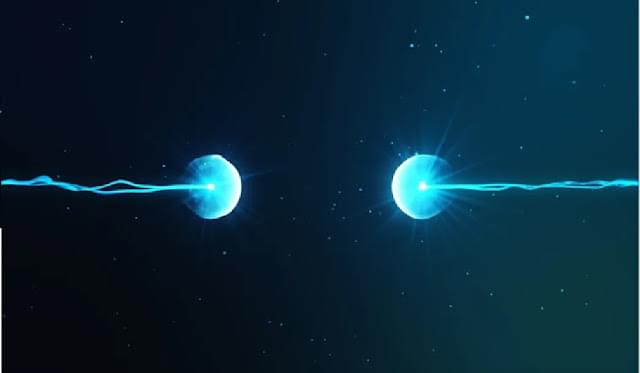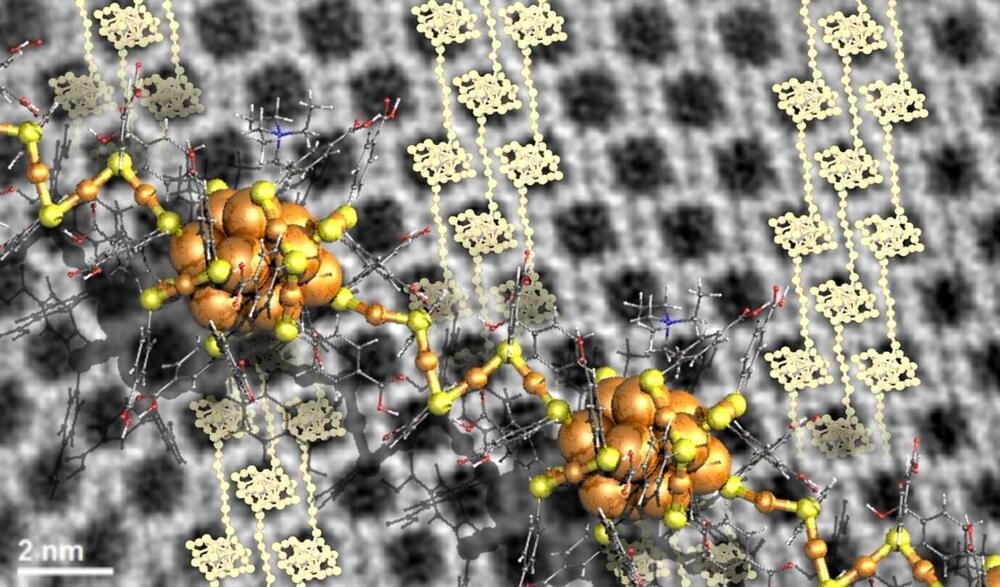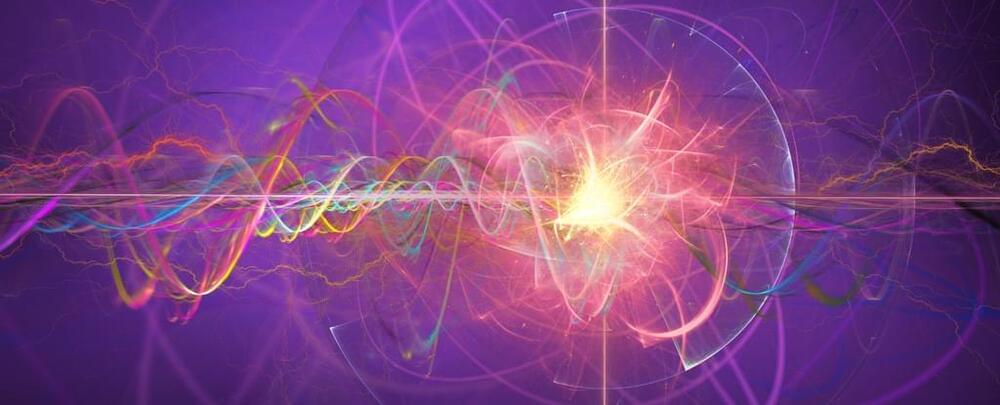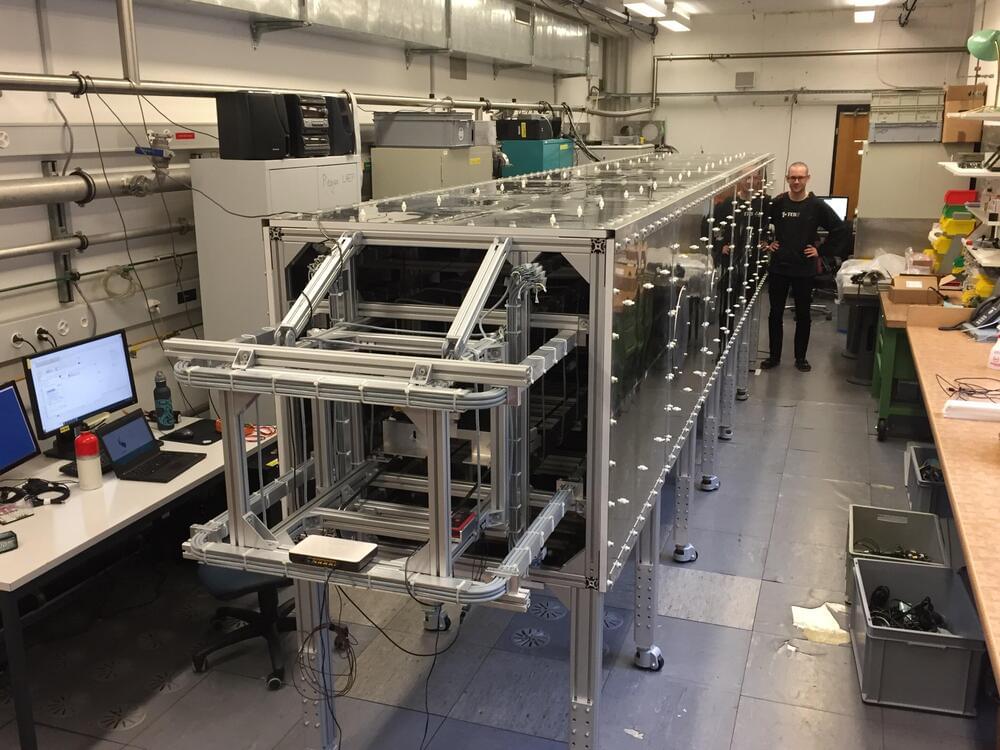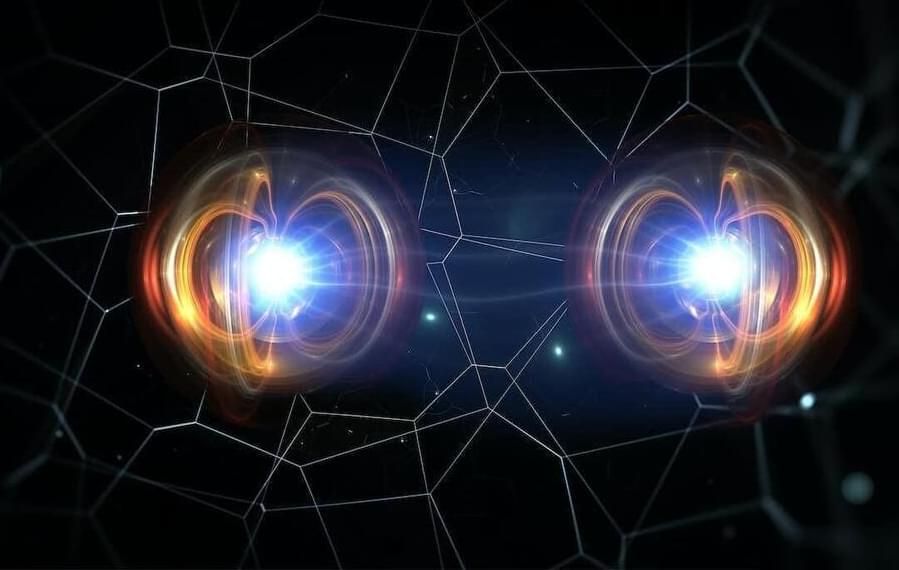Nov 14, 2022
Scientists Discover The “Angel Particle” Which Is Both Matter And Antimatter At The Same Time
Posted by Liliana Alfair in category: particle physics
Scientists have discovered proof of a strange particle that strangely enough is also its own antiparticle. Even though it was initially postulated 80 years ago, it now seems that it just could be true.
Scientists from the University of California and Stanford University in California performed the research that was published in the journal Science. A particle might have its own antiparticle, according to a notion initially put out in 1937 by Italian scientist Ettore Majorana (who suddenly vanished in 1938). According to him, certain particles in the fermion class, which includes protons, electrons, and neutrons, ought to have unique antiparticles. These particles later came to be known as Majorana particles.
A particle with the same mass as a normal particle but the opposite electric or magnetic properties is said to be an antiparticle. The positron, for instance, is the antiparticle of the electron. If the two come into contact, they destroy one another.
